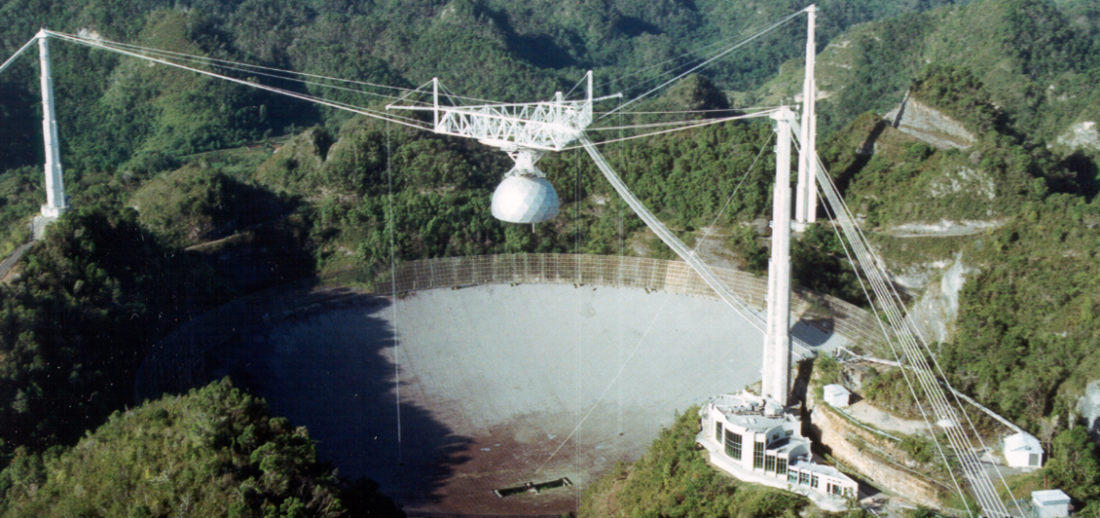Die ultimative Checkliste für Hausbesichtigungen für Käufer
06 Jan
Warten Sie mal...
01 Dez

Photo: Courtesy of Wikimedia Commons
The National Science Foundation (NSF) announced on November 19, 2020, that it will decommission Arecibo's iconic radio telescope in Puerto Rico. This news follows two sudden and catastrophic cable breaks in recent months that have brought the enormous structure to near collapse (sciencemag.org).
The NSF reached this decision after receiving an analysis from five different engineering firms, including the Army Corps of Engineers. If one main cable was operating below its design capacity, "now all the cables are suspect," said Ashley Zauderer, NSF's program director for the Arecibo Observatory (sciencemag.org). If one of three remaining main cables connected to the impaired tower also failed, the engineers concluded, the platform would collapse (sciencemag.org).
Nature Magazine woefully describes the shut down as "the end of the most iconic and scientifically productive telescopes in the history of astronomy—and scientists are mourning its loss" (nature.com).
The 57-year-old, 305-meter-wide radio telescope was the largest in the world of its kind until China built their radio telescope in 2016. From the date of its construction to now, Arecibo's renowned telescope has never ceased to be engaged in significant, groundbreaking work. National Geographic sums up Arecibo's radio telescope’s contribution as having "played a crucial role in spotting planets beyond our solar system, searching for extraterrestrial civilizations, and studying asteroids and other worlds closer to home. Today, scientists use the telescope to study powerful blasts of energy called fast radio bursts and to spy ripples in the fabric of space-time produced by colliding galaxies" (nationalgeographic.com).
Some of Arecibo's radio telescope's most memorable moments were when astronomers sent an interstellar radio message in 1974, in the hope that any extraterrestrials might hear it, and when the first confirmed extrasolar planet was discovered, in 1992 (nature.com). The telescope was even featured in two popular films: Jodie Foster's Contact and the James Bond movie GoldenEye.
To say the Arecibo radio telescope has made a massive impact on the scientific community as a whole and has inspired countless individuals on their research journey is an understatement.
Sources:
nationalgeographic.com
nature.com
sciencemag.org